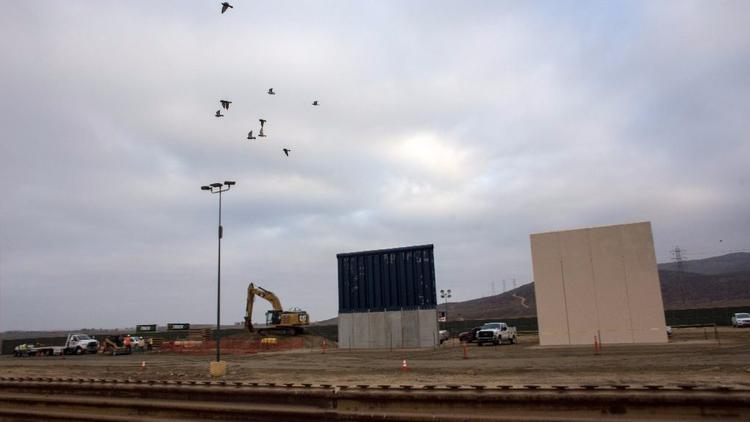f all the places global climate change complicates now and in the future, borderlands and frontiers may be the most at risk as the dual set of rules from two federal jurisdictions confound a single set of guidelines, principles and actions. The U.S.-Mexico borderlands are not immune from this dual governance system. Coordination is difficult but absolutely necessary if a crisis of extinction and habitat loss is to be averted.
Borderlands have always been difficult to manage and threats come from all influences, benign and malignant. Agriculture was the first development that took habitat and fertile zones that were converted to human use in such places as the Imperial-Mexicali Valleys, especially after introduction of Colorado River waters. Industrialization and population growth was the next major change induced naturally as the two nations’ economies merged and was formalized under NAFTA. This fragmented the habitats and biomes but was negligible compared to the dramatic bisections that occurred under securitization after 9/11 and again under Trump administration militarization and talk of wall bolstering.
The next risk is less apparent but no less threatening. Global climate change can destroy not only the natural areas and ecological processes but the way of life, quality of life and economies of both nations.
The problem is special for myriad and cascading reasons. Heat and aridity lead to even higher temperatures especially at night and, less predictably, more storms and even floods. Already several towns have suffered deaths from flooding. Energy supplies and food access may become challenging and ultimately human security (safety and health) are severely jeopardized. But the greatest loss is to the natural systems underlying not only the local human systems but the global ecology.
What we know is sufficient to be scary. I was lucky enough to be the director of a consortium of universities, on both sides of the U.S.-Mexico border, that was funded by Congress for almost two decades to look at the anticipated impacts of NAFTA. The Southwest Consortium of Environmental Research and Policy discovered and published results of dozens of studies that showed irreversible and consequential effects. Obviously, temperature has an effect in an already-hot climate but the runaway cascading effects of global climate change are what concern scientists the most.
Residents, like many in Houston and Puerto Rico, are vulnerable due to age, income or access to social services. Many are tribal or live in colonias (unincorporated areas that might have no water or wastewater services). The region is already among the hottest and driest on the continent and destined to be worse. Mexico classifies some of its migrants as “climate refugees,” a term we will hear more about over the next century as millions more people are displaced from their preferred homes by environmental conditions and inability to make an economic living.
So as we consider the wall timing and location (all of which must be on U.S. soil and much in habitat critical to migratory (i.e. avian) and resident species) let us remember the footprint is not just the wall but the sensory and supportive infrastructure necessary to support and surveil the wall. Four environmental organizations have sued the federal government’s waiver of all environmental and historic preservation laws to expedite building the prototype wall. In other words, we are proposing a soccer-field-width wired, brightly lighted, eroded and traveled bisection of natural habitat and processes. It is an eyesore and a prime sore in Mother Nature.
What we know is little relative to what we do not know but will certainly suffer. This unknown is what Scripps Institute of Oceanography just this month called “existential” or “catastrophic.”
Gov. Jerry Brown recently signed an agreement with a third Canadian province to trade emission reduction credits. So as the governors of California and Baja California Norte, the county Board of Supervisors, and the mayors of San Diego and Tijuana move ahead with action plans, let us hope they adopt each other’s goals if not general processes of setting and achieving some stasis with the climate. And let us hope cooler heads prevail in securing our sovereign boundaries.
We share not only a border but a future.
Van Schoik, an ecologist and resident of Cardiff, manages the energy and sustainability portfolios of the North American Research Partnership.





